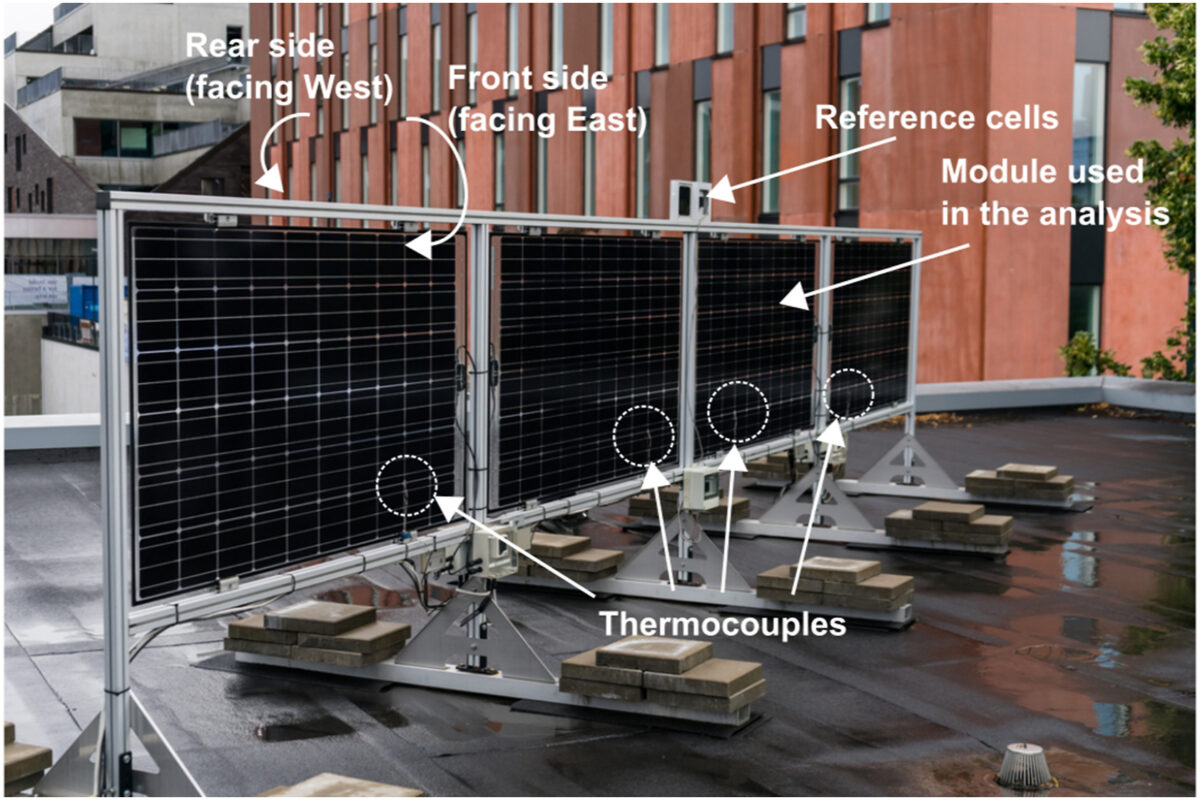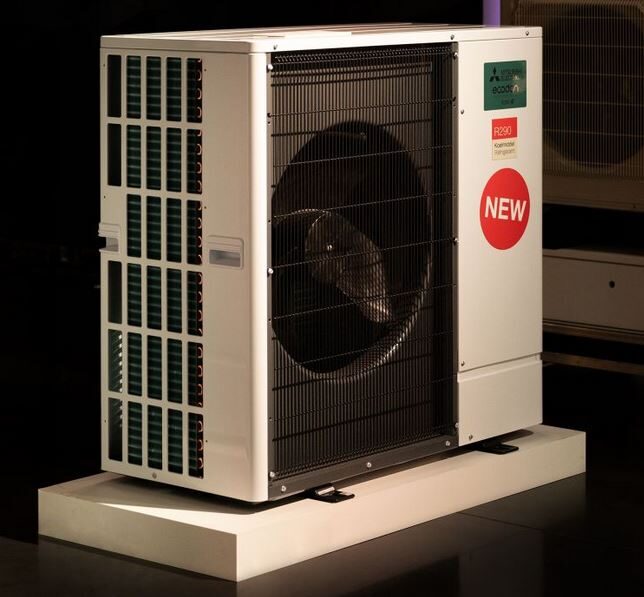Scientists from the University of Turku in Finland have created a new method to calculate performance loss rate (PLR) in vertical bifacial PV systems. This metric is commonly used by project developers to assess the expected power output of a PV system over its installed life.
As touted in a recently published academic paper, the researchers said that there is currently no standardized approach for PLR measurements, noting that different methods applied to date have resulted in highly varying PLRs. “In our study, various methods for each calculation step are considered and carefully analyzed, resulting [in] over 1600 filter-metric-aggregation-model combinations to calculate the PLR, thus contributing to global efforts to develop standardized and reliable PLR calculation frameworks,” the paper explained.
The group applied the proposed methodology to vertical bifacial PV systems operating in Nordic conditions. These systems are characterized by large seasonal variations in temperature, solar radiation and daytime length.
The experimental setup consisted of an east-west oriented vertical array equipped with power, temperature, and plane-of-array (POA) irradiance sensors, wind speed and global horizontal irradiance (GHI) sensors and a weather station. Measurements taken resulted in a minute-level, long-duration and high-resolution dataset.
“Each module has a DC-DC optimizer to keep the module at maximum power point (MPP), a DC energy meter (EM) to measure the DC current and voltage, and a T-type thermocouple (TC) attached to the front side to measure module surface temperature,” the paper said. “The POA irradiance is monitored by two reference cells (RCs) at the top of the modules, one facing east and the other facing west.”
The method excludes data that are non-relevant in terms of performance analysis, affected by system malfunctions, or recorded under conditions that are hard to model or not suitable for a given performance model. “This includes, for instance, nighttime, sensor issues, shadows, and low irradiance conditions,” the paper said.
The novel approach is reportedly able to obtain a benchmark PLR of -1-46%/year. “The year-on-year method with a daily/weekly aggregated temperature- and irradiance-corrected performance model was found robust and reliable to Nordic high seasonality,” the researchers said in the paper. “In contrast, several commonly used methods, such as the PVUSA model, produced unrealistic results.”
They presented the novel approach in the paper “Comparing methods for the long-term performance assessment of bifacial photovoltaic modules in Nordic conditions,” published in Renewable Energy.
The same research group unveiled in July a methodological workflow to boost electricity yield in bifacial vertical PV systems that are connected to low-voltage (LV) grids located at high latitudes and have different panel locations, orientations, and technologies.
This content is protected by copyright and may not be reused. If you want to cooperate with us and would like to reuse some of our content, please contact: editors@pv-magazine.com.




1 comment
By submitting this form you agree to pv magazine using your data for the purposes of publishing your comment.
Your personal data will only be disclosed or otherwise transmitted to third parties for the purposes of spam filtering or if this is necessary for technical maintenance of the website. Any other transfer to third parties will not take place unless this is justified on the basis of applicable data protection regulations or if pv magazine is legally obliged to do so.
You may revoke this consent at any time with effect for the future, in which case your personal data will be deleted immediately. Otherwise, your data will be deleted if pv magazine has processed your request or the purpose of data storage is fulfilled.
Further information on data privacy can be found in our Data Protection Policy.